Fire Retardant Plywood vs Indowud: Which Offers Better Safety?
indowud2025-07-23T13:01:47+00:00We’ve all heard the stories—freak fires spreading in homes and offices, caused by faulty wiring or even small electrical appliances. The truth is, no matter how careful we are, fire risks can lurk everywhere. And the materials we use to build and furnish our homes and workplaces can make a huge difference in how easily fire spreads.
So, when it comes to interiors, fire safety is not something you can afford to overlook. But how do you make the right choice? Should you go with fire retardant plywood or Indowud NFC (Natural Fibre Composite), a newer, more sustainable material? Both options have their advantages—but which one will give you better peace of mind when it comes to fire safety?
Let’s explore the two materials, break down their fire-resistant properties, and find out which is the safer, more reliable choice.
Fire Retardant Plywood: The Traditional Option
What is Fire Retardant Plywood?
Fire retardant plywood is exactly what it sounds like. It’s plywood treated with fire-retardant chemicals that are designed to slow down or stop the spread of fire. This treatment ensures that the plywood doesn’t catch fire easily or burn too quickly when exposed to flames.
While the idea of fire-resistant materials might sound reassuring, it’s important to note that fire retardant plywood doesn’t make the material fireproof—it simply delays combustion for a certain period of time.
Cons of Fire Retardant Plywood:
- Limited Fire Resistance: Fire retardant plywood only delays fire spread; it doesn’t prevent the material from burning entirely. Over time, the fire-resistant chemicals wear off, especially if exposed to moisture or harsh weather conditions.
- Chemical Exposure: The fire-retardant chemicals used are often toxic and can leach into the environment over time, affecting indoor air quality. Prolonged exposure may even pose health risks.
- Maintenance Requirements: The fire-retardant properties of plywood diminish with age or exposure to moisture. You need to ensure that the protective layer stays intact, which may require re-treatment or regular maintenance.
Indowud NFC: The Sustainable Alternative
Now, let’s talk about Indowud NFC. You might be wondering—what exactly is it, and why is it generating so much buzz in the construction and interior design world?
Indowud NFC (Natural Fibre Composite) is an advanced composite material made from agricultural fibers and a proprietary resin, replacing the need for wood and offering a more sustainable solution. It combines the best of both worlds—environmentally friendly and incredibly strong.
Why Indowud NFC Stands Out for Fire Safety:
- Fire Retardant: Indowud NFC is fire-retardant due to its unique composition, and certified for fire safety. It doesn’t emit smoke much either.
- No Harmful Chemicals: Unlike fire retardant plywood, which relies on toxic chemicals to achieve its fire resistance, Indowud NFC uses natural fibers and non-toxic additives, making it safer for the environment and your health.
- Durability: The high strength and dimensional stability of Indowud NFC means that it can withstand temperature fluctuations, humidity, and other environmental factors, ensuring that it remains reliable in the long term.
Which Should You Choose?
The best choice for you depends on your needs, budget, and values. Let’s break it down:
- If Budget Is a Concern:
- Fire Retardant Plywood is an affordable option that will provide some level of fire protection at a lower cost. It’s a great choice if you’re on a tight budget but still want some peace of mind.
- If You Want Long-Term Fire Safety:
- Indowud NFC is the better choice. It offers superior fire resistance, long-lasting protection, and healthier, eco-friendly materials. It’s a premium product that’s designed to last for years without needing constant maintenance.
- If Sustainability Matters to You:
- Indowud NFC is made from agricultural fibers, meaning no deforestation and a lower carbon footprint compared to plywood. It’s a more sustainable, healthier choice for both you and the planet.
- If You’re in a High-Risk Fire Zone:
- Indowud NFC is your best bet. Its fire-retardant properties are built into the material, providing better fire safety, especially in areas prone to high temperatures or fires.
Real-Life Applications: Where Fire Safety Matters
If you’re building or renovating your home, office, or commercial space, fire safety should be a top priority.
- Kitchens: Highly prone to fire hazards due to cooking equipment, grease, and flammable materials.
- Offices: With electrical equipment, cables, and high traffic, offices need materials that won’t catch fire easily.
- Public Spaces: In malls, hotels, and schools, fire safety is non-negotiable, and materials like Indowud NFC are often specified in construction for added protection.
The Final Word: Choose What’s Best for You
Choosing the right material for your interior doesn’t have to be a headache. Fire safety is not something you want to compromise on.
If you’re looking for a budget-friendly option and are okay with regular maintenance, fire retardant plywood might work for your project. But if long-lasting fire protection, eco-friendliness, and healthier indoor air quality are important to you, then Indowud NFC should be at the top of your list.
At the end of the day, safety comes first—both for you and for the environment

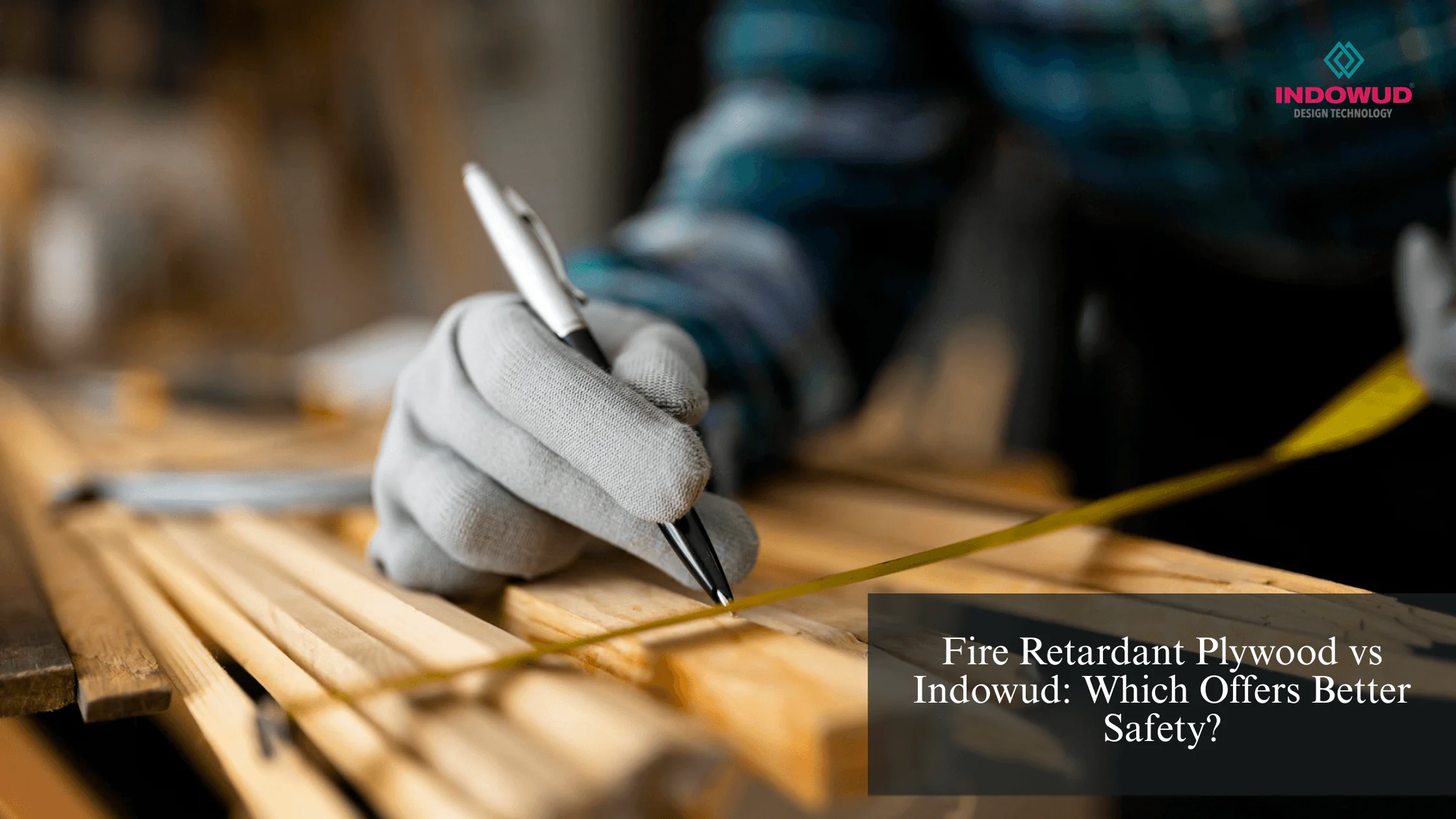


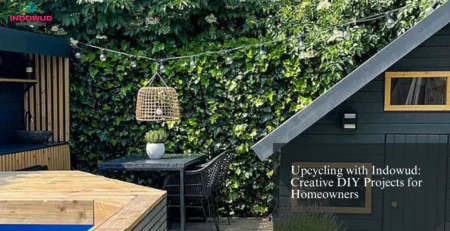
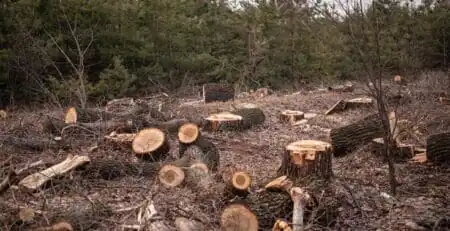
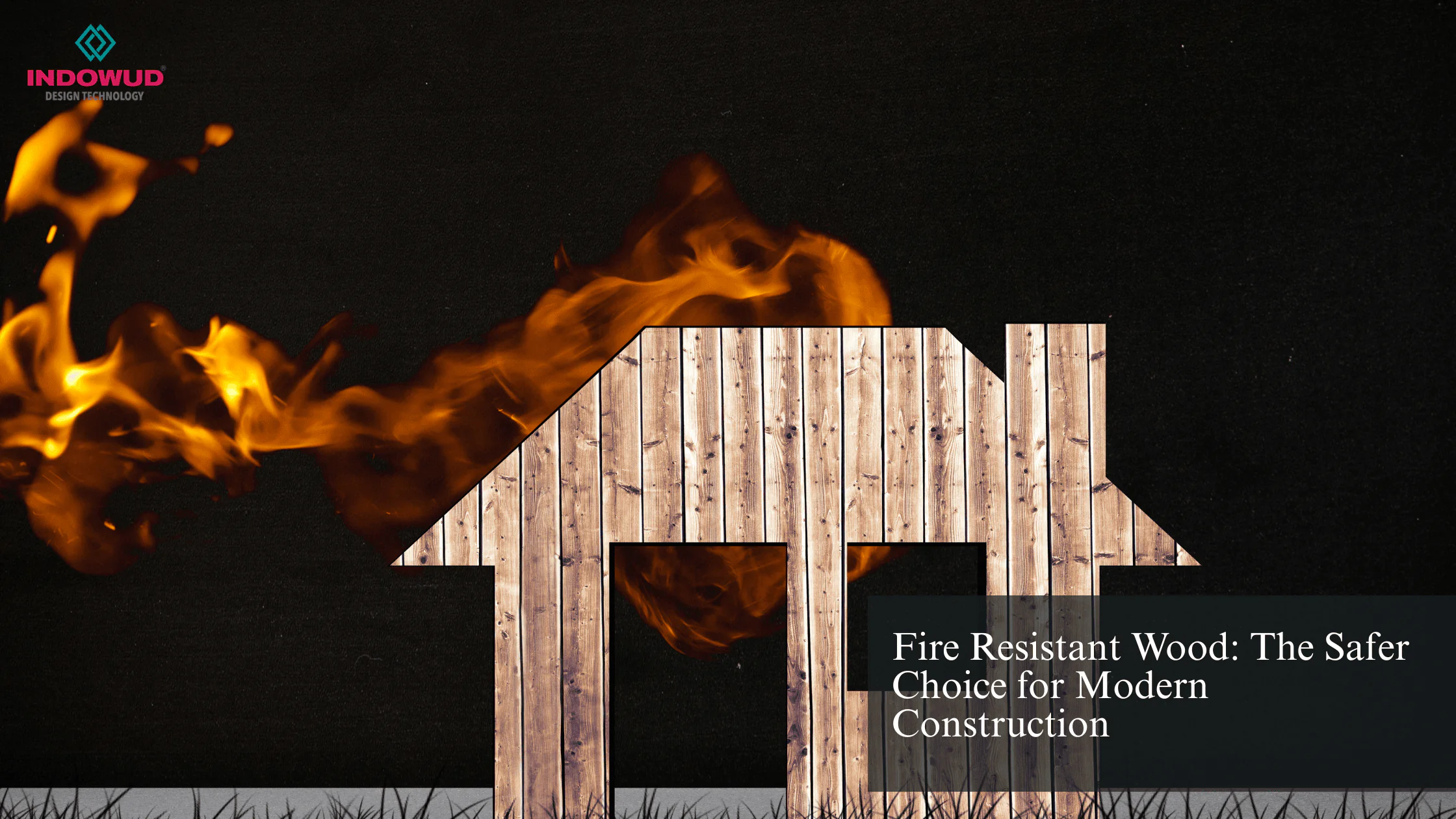
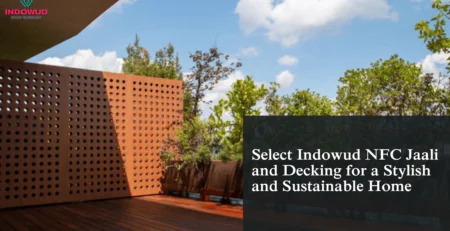
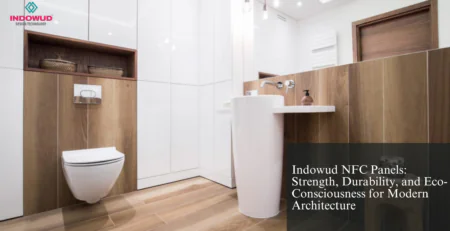
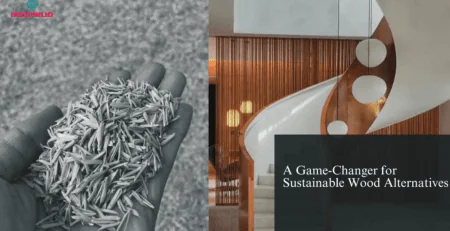


Leave a Reply